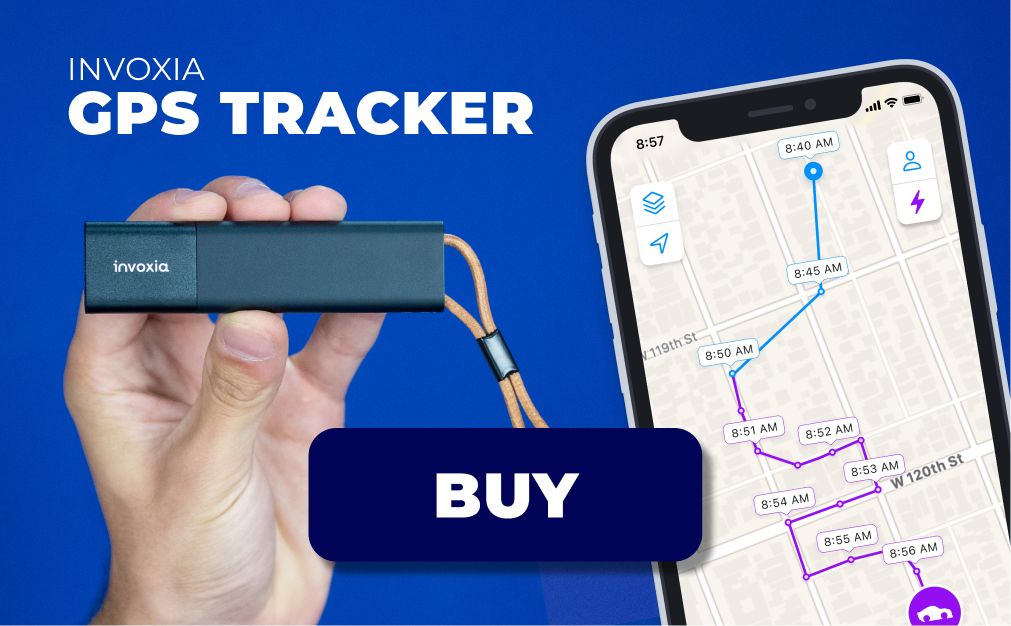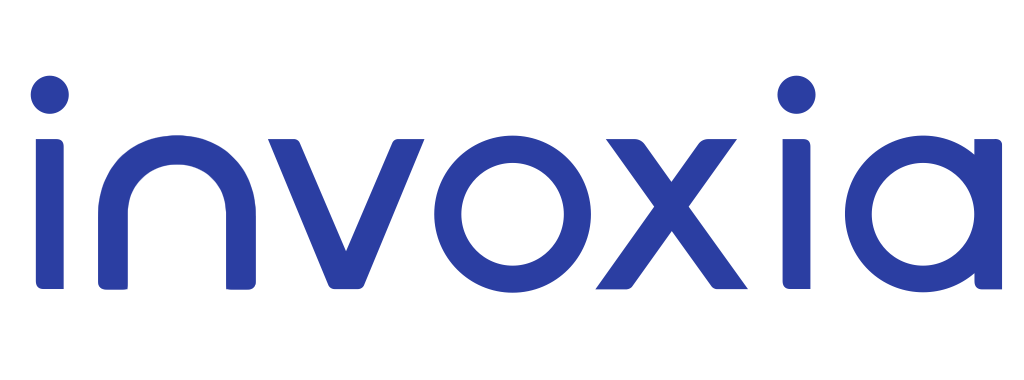Tracker, beacon, tracer, bug… There are many terms used to designate an object that allows GPS positioning. Faced with all these names and synonyms, it is easy to get lost in them… So, are there any real differences between these devices? Which one is best for our needs? Below are a few answers to your questions!
From Hertz to low bandwidth networks #
Let’s start with a bit of history. It was at the end of the 1880s that Heinrich Rudolf Hertz discovered radio waves: he laid the foundations on which all of today’s telecommunications, radio, and geolocation networks are based.
70 years later, the American army created the first GPS (Global Positioning System) by coupling a group of satellites emitting radio waves to GPS receivers. However, it was not until 1983 that the technology was partially introduced to the public sector. In 2000, it became fully accessible and was widely adopted by the general public thanks to low prices.
In addition, the emergence of low-speed networks or LPWAN (Low-Power Wide Area Network) brings a multitude of new possibilities. These networks created by Sigfox and LoRA – the two current market leaders – are revolutionizing M2M (machine-to-machine) relationships.
An overview of these objects #
Trackers, beacons, tracers and bugs are all part of the same family and have many similarities between them. Nevertheless, there are still some differences between them. These differences include their use and how they are perceived by the general public:
- Beacons were originally used for protection purposes and to send out distress signals (by mountaineers stranded in the mountains, sailors lost at sea …). These beacons use ultra-high frequency radio waves and can sometimes be coupled with a GPS to increase the positioning accuracy. Depending on the intended use, a beacon can take on many different shapes and sizes.
- As for bugs, they have a more pejorative sound to them in the collective imagination. They generally refer to small objects intended to fit into larger objects. They are often part of a spying or surveillance logic. It is also for this reason that spyware programs that aim to collect and transfer information in a malicious manner are called “computer bugs”. Nevertheless, a “bug” is nothing more and nothing less than a GPS tracker with negative connotations.
In addition, a tracer differs from a tracker due to the fact that it requires a SIM card to operate.

Tracker, Beacon, Tracer: a common goal #
In the end, trackers, beacons, tracers, and bugs have more or less identical capabilities. The differences in names being so minimal that even industrialists dismiss them as synonyms. The common goal of all these connected objects is to indicate their position.
Within the framework of “public” use (except for rescuers, sailors…), they allow private individuals as well as professionals to protect their vehicles, valuables, and even their loved ones. Invoxia went on to further develop the potential of these objects by integrating Artificial Intelligence, making it possible to monitor pets’ activities on a daily basis.
Invoxia prefers to use the term “tracker” which, in addition to its international character, differs from standard trackers that require a sim card to operate.
Need more info about our trackers and their usage? Check out our user-testimonials!

